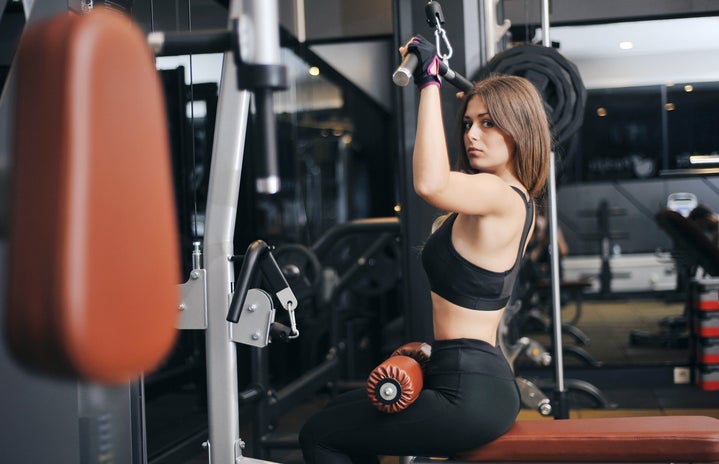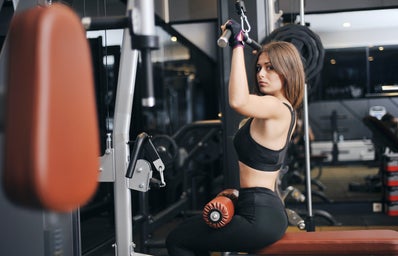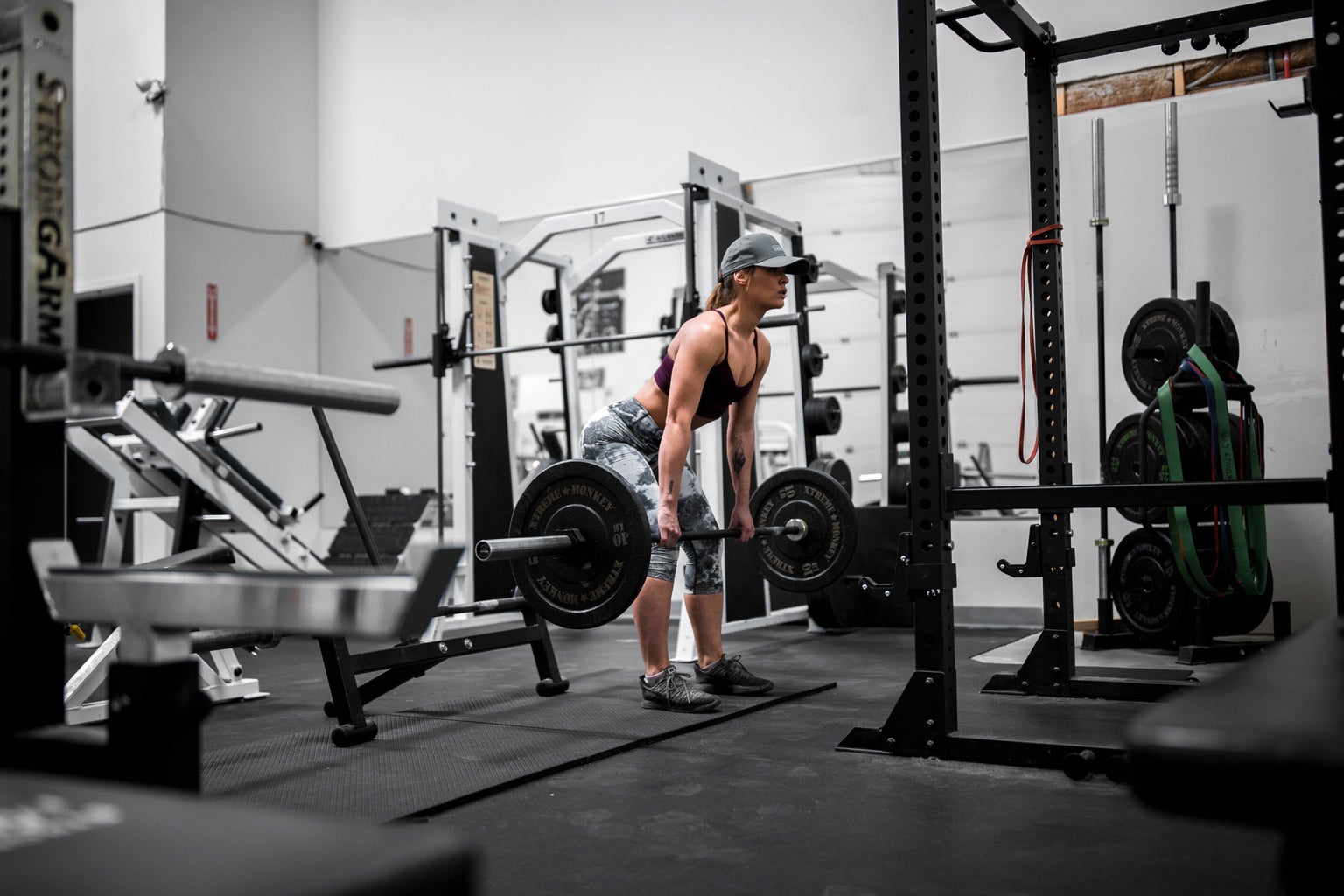As has been proven time and time again, exercise can be used as a strategy to lower stress levels and reduce symptoms associated with depression and anxiety. Yet, for many women, going to the gym may actually be a source of anxiety. This is, in part, due to the harassment that a large amount of women receive when they go to exercise facilities. In an informal poll conducted by Fit Rated, it was discovered that nearly 71% of women have felt uncomfortable going to the gym. An overwhelming amount of women report experiences of discomfort with being watched, unwanted flirtation, being followed around, and more. Not to mention the unsolicited advice on how to use machinery or how to perform an exercise, because (obviously) men know best.
In a society that already objectifies women, are we surprised that it permeates into workout spaces? Unfortunately not. While this topic touches upon the much larger issue of women’s rights, equality, and how we treat girls in this society, there needs to be actionable steps within one’s community to take to make this less of an issue.
One of these ideas is the creation of female-only gyms. These establishments help create safe, judgment-free zones. And women who are members of these gyms report an increased sense of community and belonging as opposed to co-ed facilities. Another option includes having “female only” hours, similar to how Costco has “senior only” shopping hours. This allows individuals to remain a part of their current exercise facilities, but could reduce the discomfort of the “boys club” mentality that encapsulates the environment of a typical gym. Even one hour per week could encourage more women to hit the gym floor for some uninterrupted lifting time and without having to worry about lingering eyes, uninvited information, or gentle stalking.
Unfortunately, gyms promoting a “female (or identifying female) only” attendance policy, even if just for a short while, could create legal vulnerabilities when it comes to discrimination based upon gender. Therein lies a battle between inclusion for all versus a sense of security and safety. Who is to say which takes precedence? While this is a complex question to answer, it remains abundantly clear that exercise should be a positive experience no matter gender identity, sexual orientation, workout style, etc.
Nonetheless, it is still beneficial to ask your local, go-to exercise facility about the implementation of a female only workout time(s). If the answer is an immediate no, implore them to send out a survey asking individuals about their comfort level exercising around others, and what their experiences have been. Gym owners around the country may be surprised by the prevalence of female discomfort in workout settings. And hopefully this awareness results in a small steps toward positive changes around exercise culture. \
Exercise really is for everyone, and it is about time that it should be treated as such. It’s frustrating that women are in some cases forced to limit their personal fitness goals because of their gender. In the words of Nidha Khan, the owner of a women’s-only gym called BodyUpWomen, it “shouldn’t have to be like this.” Exercise should be a pleasant, stress and anxiety relieving experience, not a trigger. The implementation of female (or identifying female) only hours could be a way to encourage more women to exercise without a reduced fear of harassment, most often from male gym-goers.



